
That’s the underlying philosophy inspiring engineers to create revolutionary safety technologies for light aircraft across the past century. Advancements such as the large-format multifunction display with in-cockpit weather, upset protection and emergency-descent protocols—and whole-airframe ballistic recovery systems— stem from this drive toward solving our mistakes as pilots. Case in point: About 20 years ago, Cirrus delivered the airframe parachute to a certificated light airplane as standard equipment—known as the Cirrus Airframe Parachute System. Just a year or two later, Cirrus debuted its version of the wide-horizon primary flight display—around the same time as in the Lancair Columbia—but soon after, the innovative PFD followed in a cascade of single-engine pistons and twins.
Proponents saw into the future with the possibilities; those pilots with a reactionary take questioned the potential misuse of the technology. In a handful of cases, those skeptics proved to be correct—but for the bulk of the general aviation public, the result has been a net gain in both safety and utility. While the most recent statistics have shown an uptick in the fatal-accident rate (according to the most recent 2018 NTSB data), it's premature to say more pilots have come to grief solely because of technology.
Say you’ve stumbled into IFR conditions or a situation in which you couldn’t fly your way out—we can all agree it’s better to learn your lessons by living to study the aftermath. And it’s the case even more that technology can save you from making those mistakes in the first place.
This story is from the January - February 2020 edition of Flying.
Start your 7-day Magzter GOLD free trial to access thousands of curated premium stories, and 8,500+ magazines and newspapers.
Already a subscriber ? Sign In
This story is from the January - February 2020 edition of Flying.
Start your 7-day Magzter GOLD free trial to access thousands of curated premium stories, and 8,500+ magazines and newspapers.
Already a subscriber? Sign In

The Temple of Speed
Reno entices even this altitude-oriented pilot.

Flat Sixes
Fanatical artisans
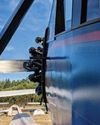
Blue over Green, Tent in Between
I’m old , I’m cranky. Why do I keep air-camping?
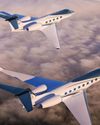
Gulfstream Reveals G400, G800
The product lineup gains large-cabin and ultralong-range mounts.
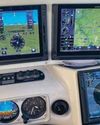
Every Airplane Requires a Checkout
Embrace the challenge of mastering a new machine.
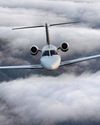
Fuhggedaboutit
Fifty-plus years of f lying forgetfulness
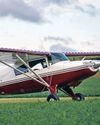
THE MAULE FAMILY APPROACHABLE AIRCRAFT
Choose your mount —the Maules do it all.

Sisters
“ Women certainly have the courage and tenacity required for long flights.” —Mildred Doran

INSIDE OUT OR OUTSIDE IN?
What kind of pilot should you be?
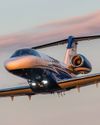
WE FLY: CESSNA CITATION CJ4 GEN2
THE FLAGSHIP CJ JUST GOT A WHOLE LOT BETTER.